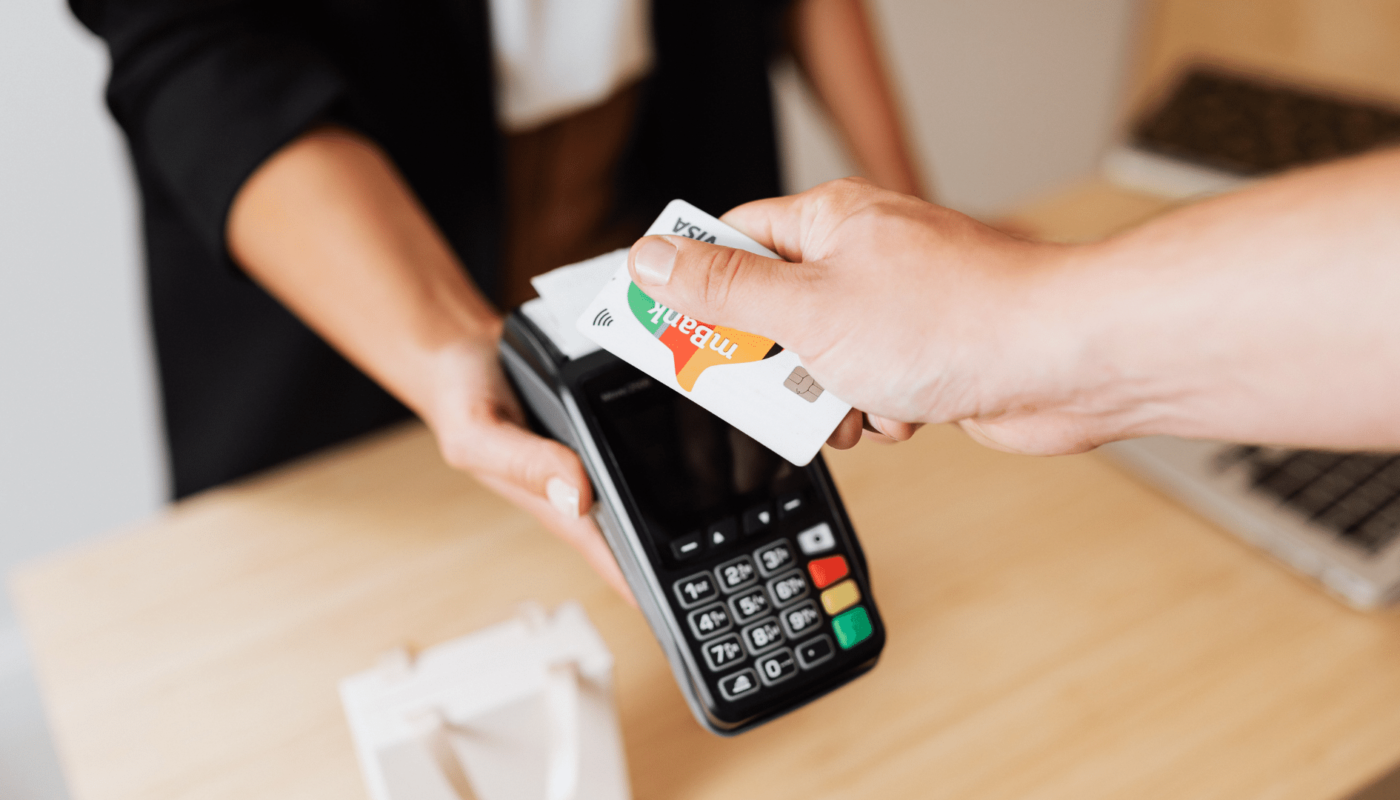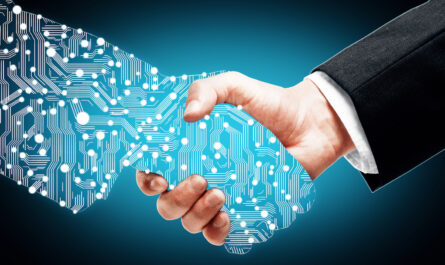Contactless payments have revolutionized the way we pay for goods and services. With a simple tap or wave, you can now pay securely at checkout counters across the world without having to insert your cards or use cash. The convenience of contactless payments has made it one of the fastest growing payment methods globally. In this article, we will look at what contactless payments are, their benefits over traditional payment methods, statistics on their adoption and future outlook.
What are Contactless Payments?
Contactless payments refer to any payment transaction wherein payment credentials are wirelessly transmitted from a payment device like a credit/debit card, mobile wallet or smartwatch to a payment terminal without physically inserting or swiping the device. Most contactless payment cards and devices support near-field communication (NFC) technology which allows devices within 4 centimeters of each other to establish a secure wireless connection and transmit payment details.
To make a contactless payment, all the user needs to do is wave or tap their contactless card or device near the contactless symbol on the payment terminal. The transaction is completed within seconds without requiring a PIN or signature. The transaction limit for contactless payments without PIN entry is typically around $100 depending on the bank or country. Anything above this limit requires a PIN or signature for additional security.
Benefits Over Traditional Payment Methods
Speed and Convenience: Compared to cash, swiping or inserting cards, contactless payments are much faster taking only a few seconds to complete. This reduces queues at checkout counters.
Hygiene: By avoiding physical exchange of cash or swiping of cards, contactless payments help maintain cleanliness and social distancing especially during the pandemic.
Security: Contactless payments have similar security measures like EMV chip and PIN technology to protect against fraud. They also have spending limits to curb fraud risk.
Adoption Statistics
Contactless payments have seen tremendous growth globally over the past few years driven by expanding payment networks, issuance of contactless cards and integration with mobile wallets:
– Over 70% credit and debit cards issued in UK are now contactless enabled with 1 in 3 payments made using contactless methods.
– In US, contactless share of in-store credit card transactions grew 42% in 2021 and is expected to surpass 50% by 2025.
– Major Asian economies like China, South Korea and Japan have extensively adopted mobile wallets for contactless transit payments.
– India witnessed a 45% growth in contactless transactions in 2021 according to RBI data, backed by UPI payments.
Future Outlook and Expansion
With the pandemic accelerating demand for digital and cash-lite payment options across sectors, contactless payment adoption is expected to grow further in the coming years. Key trends include:
– Extension to new use cases beyond payments like transport ticketing, access control and identity verification.
– Growth in cross-border contactless transactions with interoperable standards.
– Rise of central bank digital currencies for digital cash experience on phones.
– Tighter security with mandatory EMV chip on all cards and new authentication methods like biometrics.
– Ubiquitous coverage across all payment terminals both in-store and online along with higher transaction limits.
In summary, contactless payments have emerged as one of the most popular digital payment modes globally due to their speed, hygiene and convenience. Backed by rapid expansion of payment infrastructure and consumer adoption, they are poised to become the default way to pay for most low-value transactions in the coming years. Their integration with other digital services will further boost usage across sectors.
*Note:
1. Source: Coherent Market Insights, Public sources, Desk research
2. We have leveraged AI tools to mine information and compile it


